On one among my first lengthy distance hikes, I crossed paths with a hiker who’s pack seemed extra like a daypack than one thing you’d dwell out of for 5 months. I requested him how he match all the things. He shrugged and mentioned, “I don’t carry what I don’t want.” That caught with me.
A query I usually get is, how a lot ought to my backpack weigh? It’s a easy query and the reply is – it depends upon the circumstances. There may be not a magical proper or improper quantity. Whether or not you’re heading out in your first weekend journey or a six month odyssey, backpack weight shapes the entire expertise. It influences how far you go, how effectively you sleep, what hurts by the top of the day, and, perhaps most significantly, how a lot you benefit from the stroll.
Guided Newbie BACKPACKing Journeys
Base Weight and the Backpack Itself
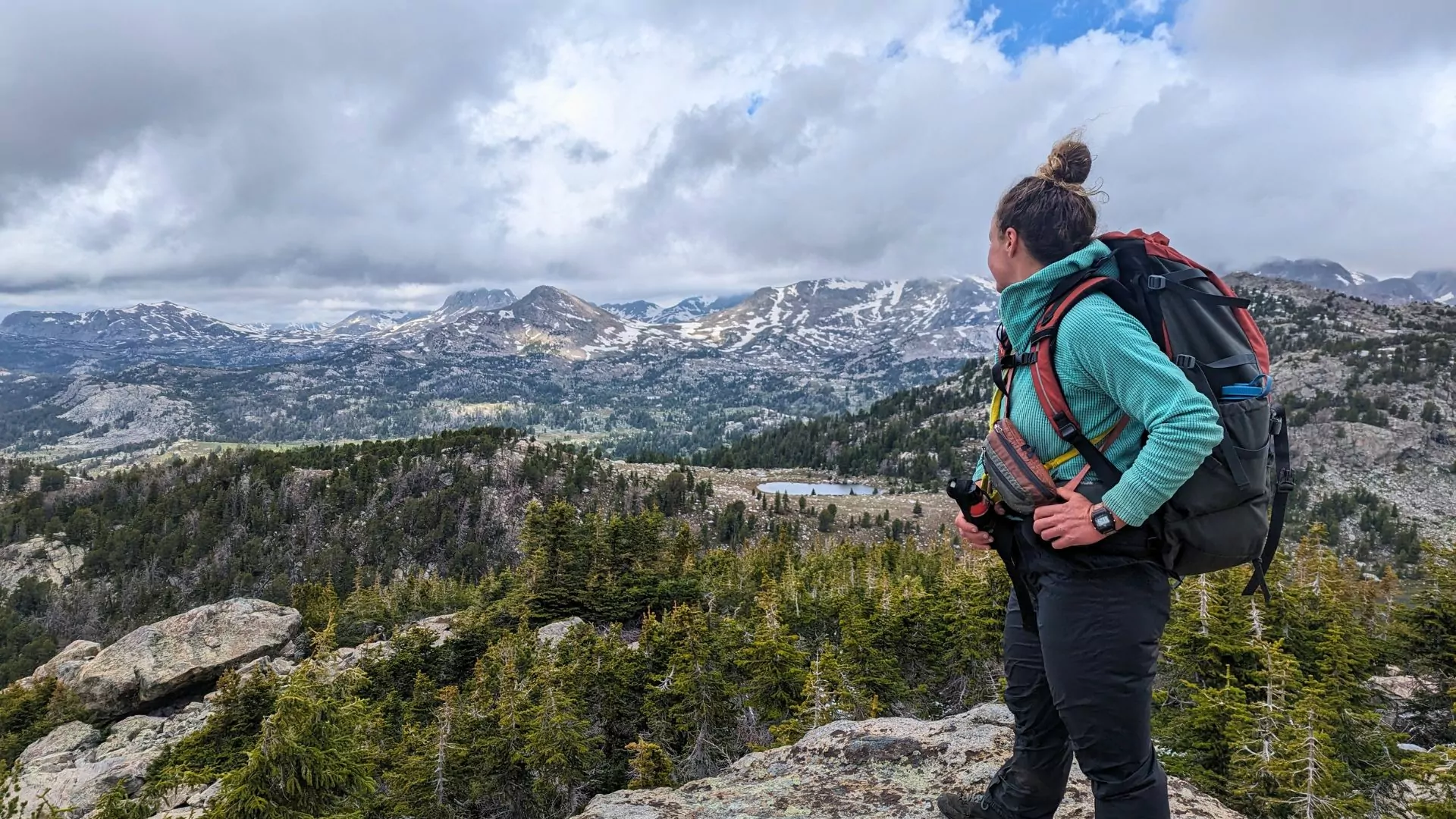
Let’s begin with the fundamentals. When folks ask about backpack weight, they’re normally speaking about “base weight” and that is outlined as the overall weight of your gear, not together with meals, water, or different consumables. Consider it as your day by day burden, the load you all the time carry. For newer backpackers, that quantity ranges between 20 and 30 kilos. Ultralighters goal for sub-10. Nonetheless, adjusting for season, terrain, and mission are essential elements which is able to affect backpack weight.
A traditional full-featured pack such because the Deuter, Osprey, or Gregory, backpacks usually used on guided journeys, may weigh 4 to five kilos by itself. That’s a stable chunk of your base weight, but it surely’s additionally rugged, padded, and adjustable. It suits most individuals effectively and doesn’t punish you in case you don’t dial your gear right down to the ounce. And, I might suggest newbie backpackers deal with the fun of backpacking somewhat than stressing over a spreadsheet counting ounces. On shorter journeys, a heavier pack isn’t a deal breaker. Actually, the consolation they supply may be effectively definitely worth the commerce off.
READ: Tips on how to Pack a BACKPACK
Then there’s the opposite facet of the spectrum. Packs with a no body or a minimal body, minimal padding, and no extras. Pack’s reminiscent of this usually weigh below 2 kilos, with widespread manufacturers being Hyperlite Mountain Gear, Palante, and Z-Packs. Your shoulders will know in case your gear checklist isn’t honed and also you’ll doubtless spend more cash for much less materials.
With the 2 ends of the spectrum explored, it’s important to keep in mind that not all backpack weight is dangerous. Weight can come from options: additional padding, suspension techniques, inflexible frames, ventilated again panels, and a number of compartments. These design parts exist for a motive—they make carrying weight extra snug and manageable. If you happen to’ve ever had a pack that sat too excessive in your hips or dug into your shoulders, you know the way a lot this impacts the standard of the expertise.
However those self same options add weight. And the heavier your backpack begins, the much less wiggle room you could have for different gear. That’s why I encourage backpackers to have a look at their pack as a part of the general system, the perfect pack might be depending on what the mission of your outing is. A 5-pound pack may make sense in case you’re carrying a 25-pound base weight. However in case you’re in a position to make use of all ultralight gear, that very same pack turns into a heavy anchor in a minimalist setup.
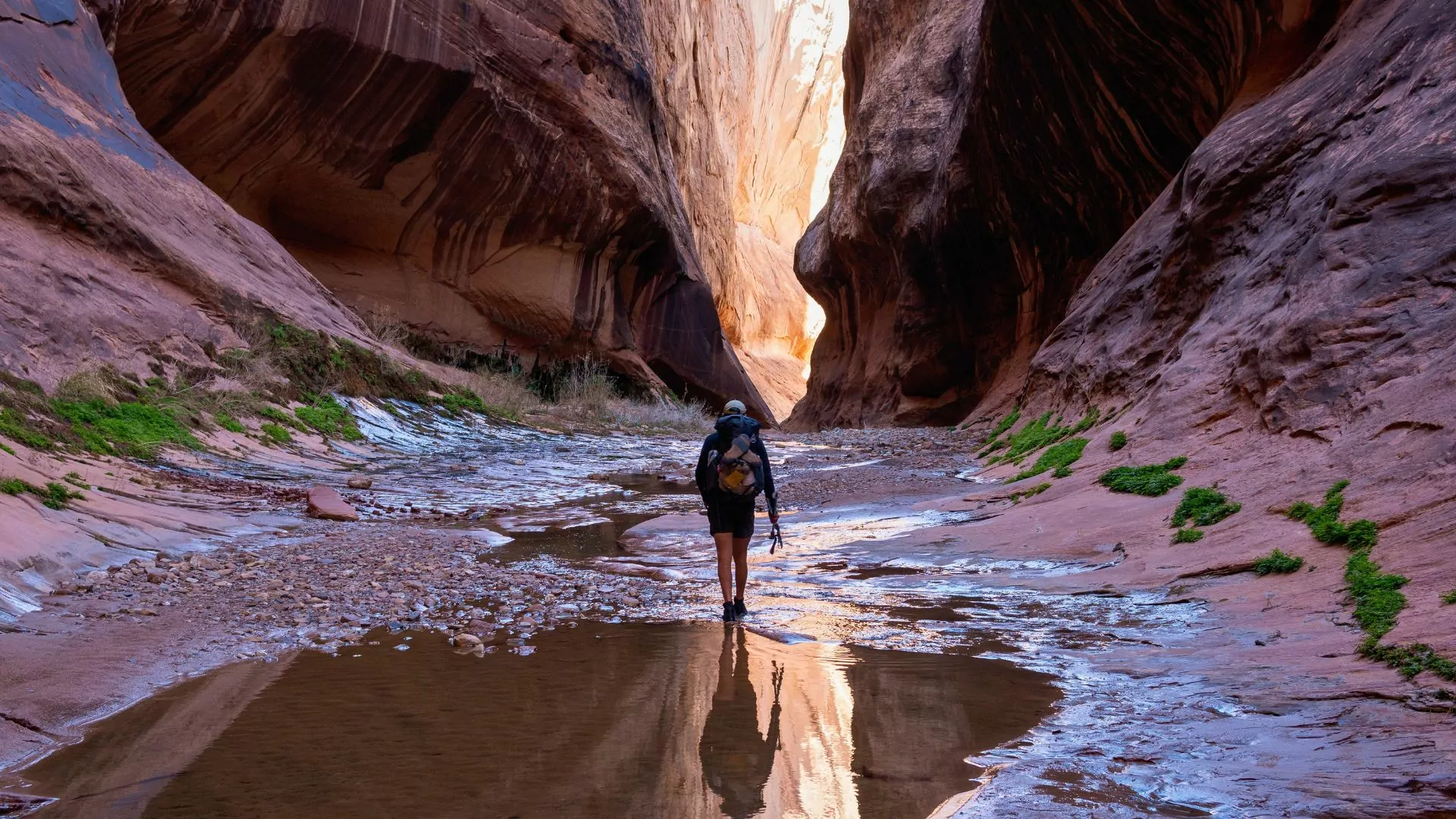
Value
Lowering backpack weight usually prices more cash. Light-weight and ultralight packs use superior supplies like Dyneema or UltraWeave which might be each robust and lightweight. However these supplies are costly, they usually’re usually utilized in smaller manufacturing runs by cottage corporations. As an example, a 16 to 32 ounce ultralite pack may run you $300. In the meantime, a 5-pound traditional model pack with a full suspension system is likely to be half that worth.
So how a lot do you have to spend? Solely what you could. If you happen to’re simply getting began and also you’ll be becoming a member of guided journeys, you in all probability don’t must spend money on ultralight gear straight away. You’re higher off studying what works for you and investing in occurring journeys. Data is cheaper than gear and weighs nothing.
Light-weight vs. Conventional
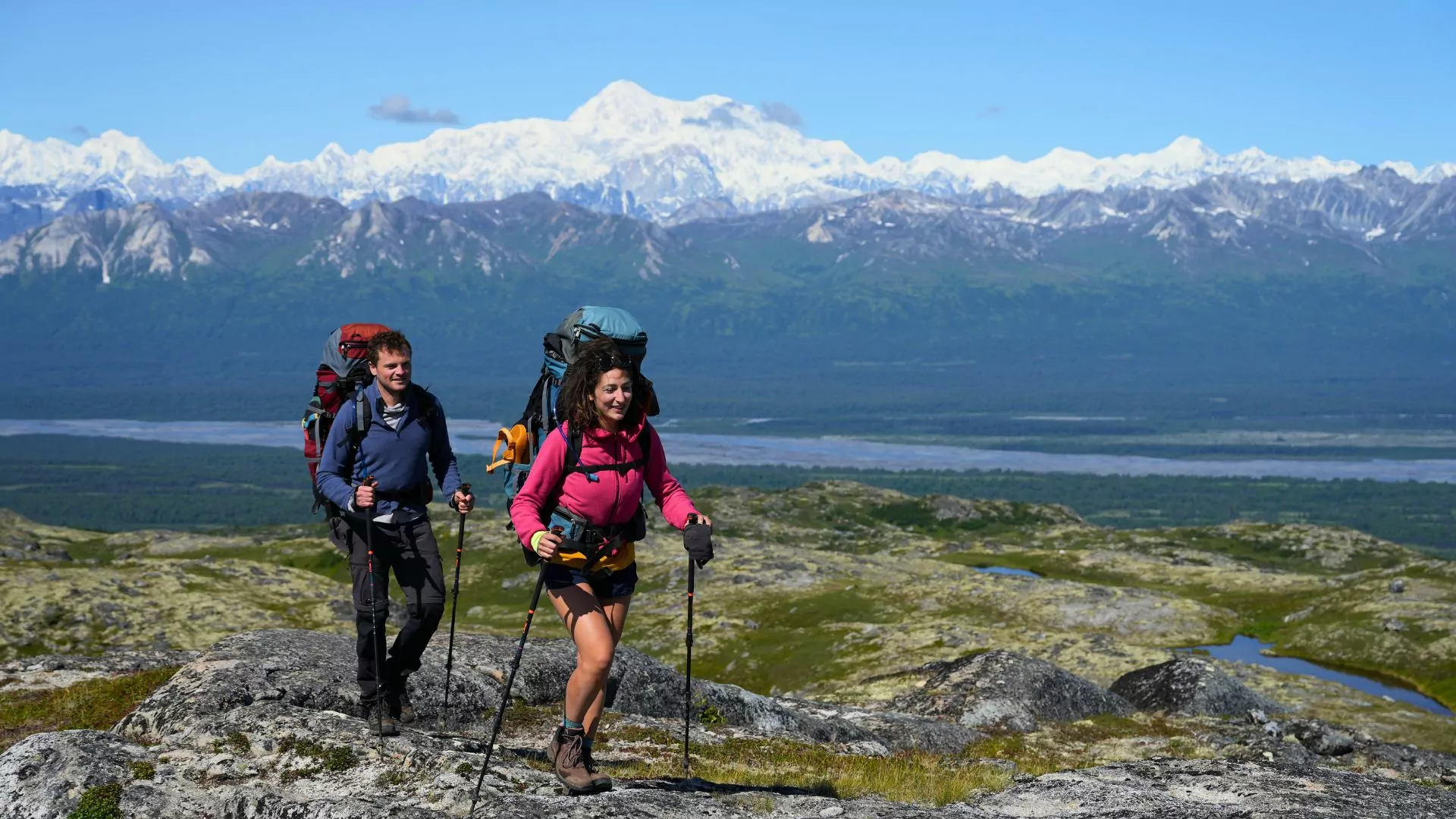
Heavier Conventional Backpacks
(Deuter, Osprey, Gregory)
Execs:
Superior padding and assist
Sturdy and constructed for put on and tear
Adjustable to suit a variety of physique varieties
Usually has higher air flow and group
Cons:
Heavier, usually 4–6 kilos on their very own
Cumbersome for minimalist hundreds
Could encourage overpacking
Light-weight backpacks
(Hyperlite, Palante, Z-Packs)
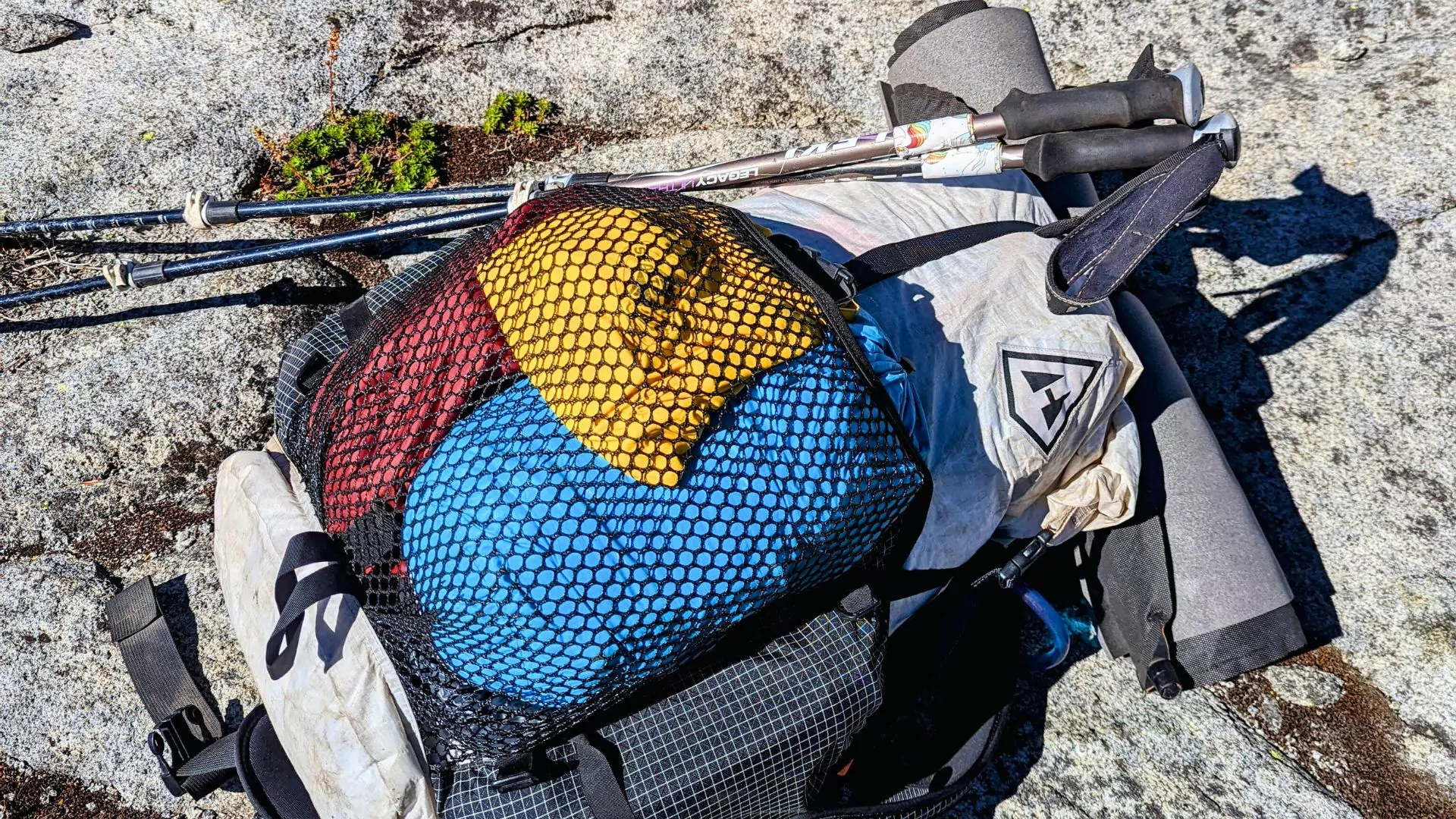
Execs:
Decrease backpack weight means much less pressure on the physique
Encourages intentional packing
Higher for lengthy distances and quicker motion
Cons:
Much less consolation, particularly below heavier hundreds
Much less forgiving of poor gear decisions
Costlier per ounce saved
This isn’t a case of 1 being higher than the opposite, it’s a matter of what’s proper for the journey and for the particular person carrying it. On shorter journeys, utilizing heavier conventional backpacks is a tremendous choice. They’re snug, straightforward to suit, and versatile throughout a wide range of circumstances. Hikers can then deal with having fun with the journey, not fidgeting with a stripped-down system that punishes errors.
Which Is Proper for You?
Ask your self just a few questions:
How lengthy are your journeys?
Do you worth consolation at camp or effectivity when mountain climbing?
Do you could have accidents or continual ache {that a} lighter load might assist?
Do you want simplicity, or do you like to deliver additional gear “simply in case?”
If you happen to’re the type of one who enjoys a well-padded hipbelt and doesn’t thoughts carrying “luxurious objects” reminiscent of camp sneakers or a devoted sleeping outfit, conventional packs are in all probability your greatest guess. And there’s no disgrace in that. Actually, for most individuals beginning out, conventional setups are the suitable software for the job. You’ll have extra margin for error and extra consolation at a decrease value, so you will discover out in case you like backpacking earlier than making a big funding in ultralight gear.
However, in case you’ve already bought the miles below your toes and are able to streamline, it is likely to be time to rethink your backpack weight. Begin by lowering weight along with your tent and sleep system, then observe that up by lowering the burden of your clothes layers. Lastly, as soon as your general gear checklist helps it, think about investing in a lighter pack with the corresponding quantity to your gear load.
Don’t rush the method. If you go ultralight too quickly, you danger buying and selling security and luxury for ego. I’ve seen folks hit the path with sub-10-pound base weights and endure as a result of they didn’t know tips on how to use their gear, or didn’t wish to add weight regardless of colder climate circumstances requiring specialised gear. Light-weight backpacking is a skillset, not only a buying checklist. The caveat price mentioning right here is that this recommendation is most relevant to somebody who’s trying to take journeys within the in a single day to 2 week vary.
If you’re planning a multi-month through hike, I implore you to speculate each your money and time discovering the lightest package that works for you. Even on this scenario, discovering the suitable setup for you could be a technique of trial and error. I strongly imagine that utilizing an ultralight setup will increase your probabilities of success and can cut back the damage and tear in your physique.
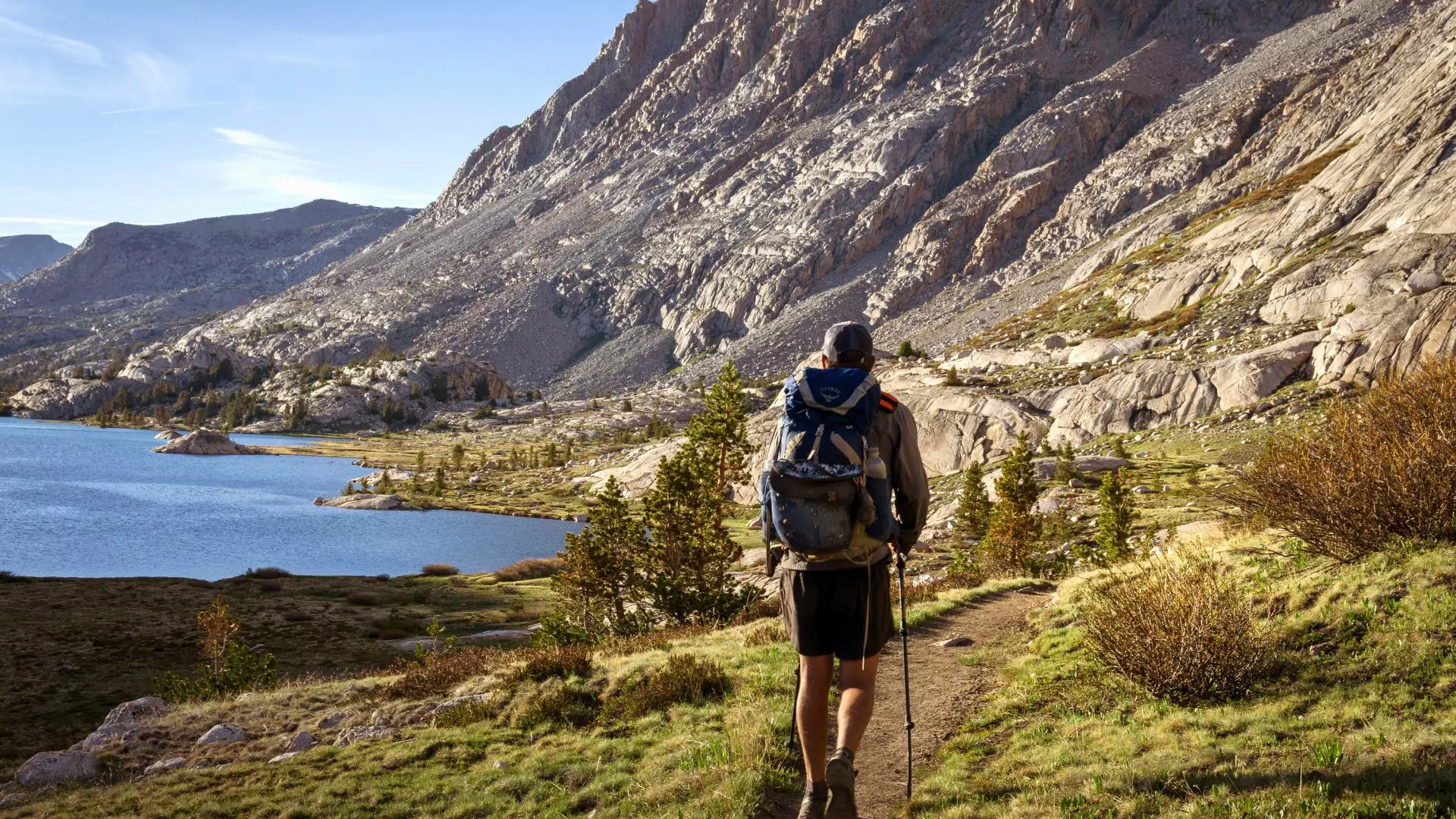
Discovering Steadiness
For instance of practising what I preach I’ll provide this: Once I information, I carry rather a lot: group gear, emergency gear, additional meals, and generally a consumer’s gear. My backpack weight is larger than I’d like, however I settle for that tradeoff. It permits me to serve the group higher and to have extra instruments to assist mitigate dangers. Once I exit on private journeys, I usually carry the minimal quantity of instruments and equipment which might be required to mitigate the potential dangers of the outing.
You’ll face tradeoffs too. Each ounce you carry is a selection and making good decisions is what we wish to goal for somewhat than going lighter only for the sake of a lighter pack.
Strive totally different setups. Borrow gear in case you can. Take journeys of various lengths and issue. And most significantly, take note of how your physique feels throughout and after a visit. That’s probably the most sincere suggestions you’ll get about your backpack weight.
In the long run, it’s not about chasing a quantity, it’s about making your time within the mountains extra joyful, extra sustainable, and extra yours.
John Muir Expedition BACKPACKing Journey





















